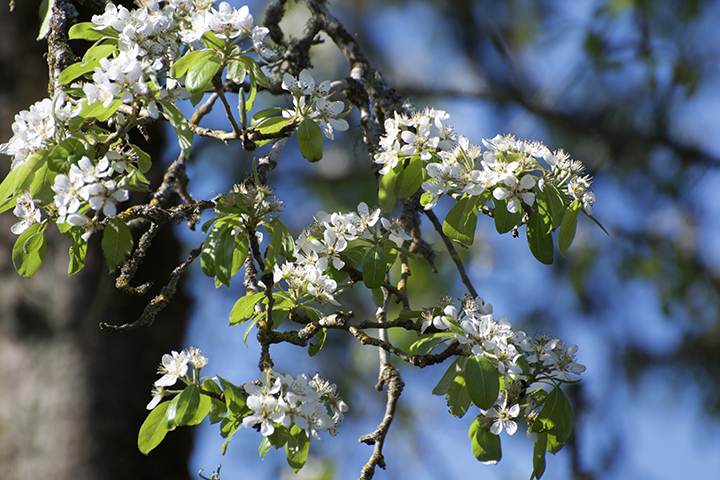By all reports, people are emptying nursery shelves of edible plants and seed catalogues are running out of products to ship because we are back in Victory Garden mode. With all that war-related terminology – fighting the invisible enemy – it’s no wonder that old war concepts are making a come-back.

Planting additional gardens to provide food was originally started in WW I, ironically to save our European allies from starvation- their farms had become battlefields and their farm workers soldiers. US citizens were asked to grow their own food so that we could send more industrially produced foods to Europe. During WW II 20 million additional gardens produced 40% of the nation’s food; the process included administrative manuals to help citizens with planting and pest control, and instructions for canning and preserving to help with excess crops. Here is an interesting re-counting of the history. And here is an incredible historical propaganda video sporting a patriotic family doing their share towards the war effort in a HUGE (quarter acre) victory garden, mostly dug by a horse and tended by a 14-year old who inhales enough pesticides to be guaranteed lung cancer – (as a side commentary, every one in the film has a name, Dad and Grandpa Holder, Dick and Jane, and then there is…. mother! Also, Jane likes to garden in penny loafers. Just saying.)

Food insecurity is indeed a monster raising its ugly head even higher in times of mass unemployment and disrupted supply chains. Yes, I’m speaking of today, not 1944. The statistics from just 2 years ago are staggering – over 37 million Americans, including 1 million children, lacked consistent access to enough food for an active healthy life. African-Americans are hit twice as hard compared to Whites when it comes to hunger. (Which reminds me: if you read one single thing today that I link to, read this: Kendi on the causes for disproportionate suffering experienced by minority populations facing Covid-19.)


Extra vegetable gardens, with now so much more need for food arising, are indeed a good idea. That is if you have a plot, as small as 2 by 6 feet, that gets 6-8 hours of sun a day, an inclination to get your hands dirty and a nursery that can still provides some seedlings and bags of soil or other stuff to plant in. Never gardened before? Luckily you don’t have to rely on James Burdett’s 1943 book, The Victory Garden Manual. He was the founder of the National Garden Bureau, a non-profit organization “that exists to educate, inspire, and motivate people to increase the use of plants in homes, gardens, and workplaces by being the marketing arm of the gardening industry.”


Yes, they market, oh do they market, but they do so cleverly to help the un-initiated find the joy of gardening. Their latest effort, Victory Garden 2.0, is a step by step internet tool that I can actually see being successful in adding food to the food banks. They offer instructions for raised-bed or container gardens of various types, a salad garden, a kitchen garden, a high yield garden and a giving garden – for the hungry. Everything is spelled out – from soil preparation to pest control to what kinds of seed you need, how to plant, space, water, pollinate – you name it. Example below. The link goes into way more detail.
Way to go.


While waiting for vegetables to grow, I’m getting anticipatory pleasure from fruit-tree blossoms – not my own, since my garden is too shady, although I have one ancient pear tree that yields about 4 exemplars per year, worm-eaten in my pesticide-free zone, but pears none-the-less….

Music today by Béla Bartók who seemed to appreciate certain kinds of vegetables:
“And then, after moving to America in 1940, he and his wife visited Los Angeles where he first encountered the avocado pear while eating a version of Waldorf salad. ‘This is a fruit somewhat like a cucumber in size and colour,’ he carefully recorded. ‘But it is quite buttery in texture, so it can be spread on bread. Its flavour is something like an almond but not so sweet. It has a place in this celebrated fruit salad which consists of green salad, apple, celery, pineapple, raw tomato and mayonnaise.”
Schiff’s playing is tight, and the second movement of the 3rd piano concerto sounds at times as if the ducks have gotten lose in the garden…






